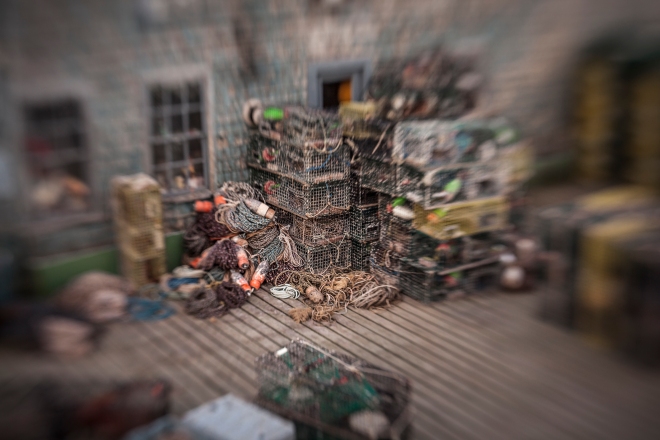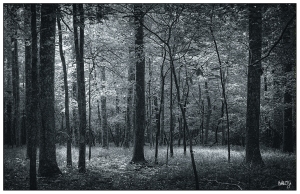
We all have them, I suppose. My grown niece is attached to a one-eared stuffed rabbit by the name of Bunny, hers since she was a toddler. My husband is attached to a potted ficus tree given to us as a wedding gift 36 years ago. He calls it the marriage tree and is petrified that it will die. I am attached to a place – a scruffy 230-acre spread in Crystal River, Florida, officially named The Plantation Inn and Golf Resort; it has been known locally for over fifty years as “the plantation”. This land plays host to all manner of semitropical vegetation and wild things while functioning, almost as an afterthought, as an 18-hole golf course. And its innate beauty is easily overlooked due to the aforementioned scruffiness.
The resort has been through several owners, none of whom have taken any particular interest in the golf course. They all prefer to invest in the adjacent inn and its unique tourist business that peddles up-close-and-personal encounters with manatees. To me, though, the owners’ lack of attention to the course is a fortuitous thing because the land has been allowed to drift quietly toward its natural state.

I first encountered the plantation many decades ago. The details of that visit aren’t all that important now except that it was a sort of foreshadowing event. I had never been to this part of the state before then, and I’m sure I assumed that would be my last visit here. As fate would have it, I now live only a short distance away and it has become my go-to place, my refuge. I visit often, usually at dawn when I have the place mostly and amazingly to myself. Trees are often painted with a soft morning glow and the wildlife seems oblivious to my presence at that early hour. Sometimes there is a moody fog, sometimes the cypress trees are turning orange, sometimes storks march en masse across fairways, and sometimes the water lilies bloom. Some years, the holly trees produce their stunningly-red fruit just in time for the holidays. I always bring my camera gear with me and I’ve generated quite a collection of plantation portraits over the years. Perhaps they will one day make it into a book.
Birds are everywhere. Ospreys nest in sporadic tall pines and coots dart in circles in the many ponds and small lakes. There are anhingas with their wings stretched out to dry, snowy egrets, many types of heron, wood storks at times, and my personal favorite, the belted kingfisher. Bald eagles are not uncommon. In the flightless category, there are alligators, of course, and turtles of all sizes sunning on fallen palms.
Over time, greens-keepers have tried to enhance the place by planting trees. Hence, in addition to the native palms, pines and oaks, there are sycamores, holly trees and magnolias, as well as several varieties of cedar and cypress, with their shredding bark and knobby knees. There are cabbage palms growing in, around and through gnarly coastal oak trees.

When I visit the plantation, stepping through dewy grass and along winding cart paths, I try to be unobtrusive. But workers busily mowing fairways and placing pins make eye contact with me and nod, as if my presence there is an important and natural part of things.
I am fortunate to have this unique refuge and am justifiably attached to it. I just don’t want it to get too much attention.

 Having lived all of my adult life in the South, New York City fascinates me. So many people, such frenetic energy.
Having lived all of my adult life in the South, New York City fascinates me. So many people, such frenetic energy.

































